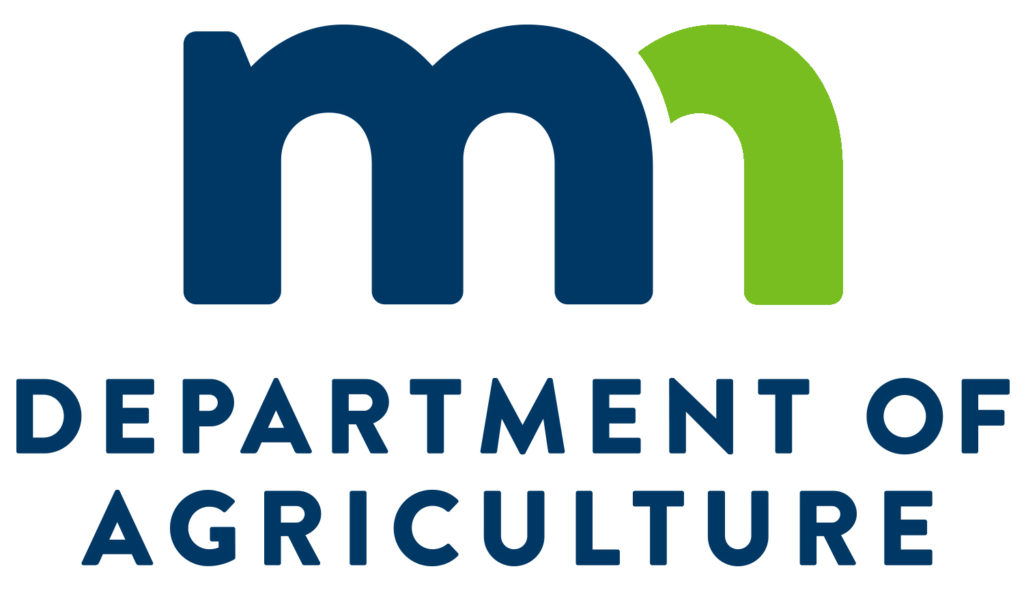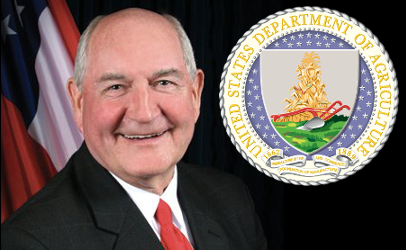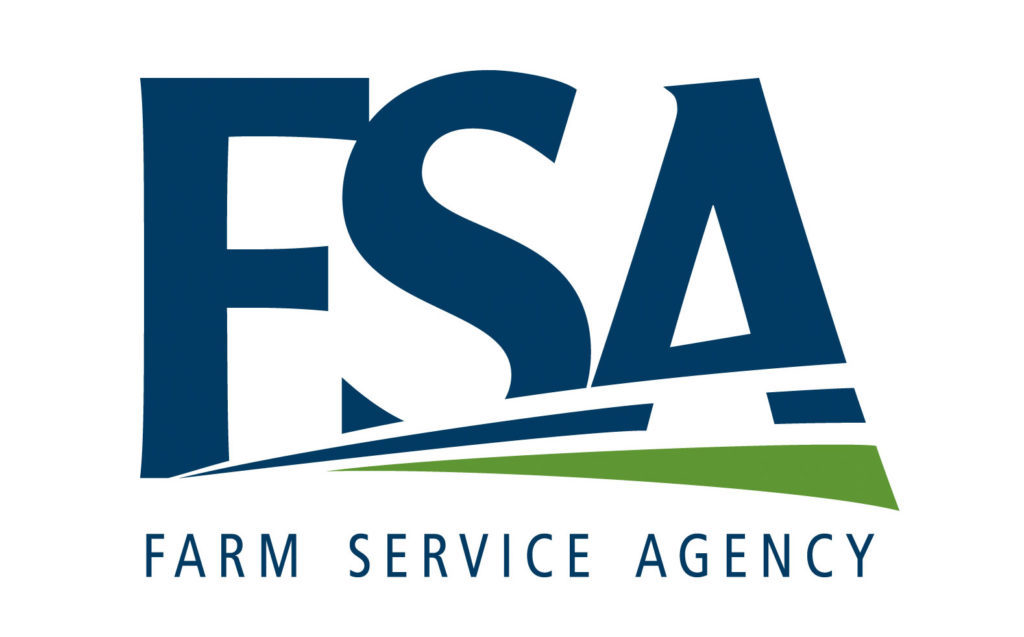
Trade opportunities have been, and always will be, important to U.S. agriculture. However, the opportunities aren’t there because of ongoing trade disputes with partners like China. However, with the removal of Section 232 steel and aluminum tariffs on Mexican and Canadian imports, the opportunity for the U.S.-Mexico-Canada Trade Agreement to get through Congress is closer than ever. The prospects, however, depend on who you ask and what their political affiliation is.
That aside, Minnesota Farm leaders gathered recently in Hawley to discuss the current state of the farm economy. They specifically emphasized the importance of trade opportunities across North America. Kaitlyn Blackwelder is the regional project manager for Minnesota Soybean.
Farm incomes fell eight percent last year due in large part to lost trade opportunities and a large supply of commodities driving down prices. And, that has the attention of ag lenders like Jennifer Sharpe, Market Vice President of AgCountry Farm Credit Services.
They and others are worried that unless the U.S.-Mexico-Canada Agreement gets ratified soon, things will only worsen. Ag exports to Mexico and Canada generate more than $1 billion for Minnesota every year. Those exports are only available with abundant trade opportunities. Mike Jurik is a grain merchandiser and works in the area of rail logistics for West Central Ag. He says the uncertainty is a huge strain on everyone in agriculture.
Farm leaders say the new European trade deal with Mexico is allowing the EU to displace U.S. sales in Mexico. The U.S., Canada, and Mexico finalized the deal last November but the pact is currently stalled in Congress. Karolyn Zurn is the American Agri-Women’s First Vice President of Vital Issues and Resolutions. She says the message is clear and direct to Congress.
During the roundtable discussion in Hawley, Minnesota’s farm leaders urged Minnesota’s elected officials to break the logjam on USMCA as soon as possible. Their message was a simple one: farmers need more trade opportunities.








